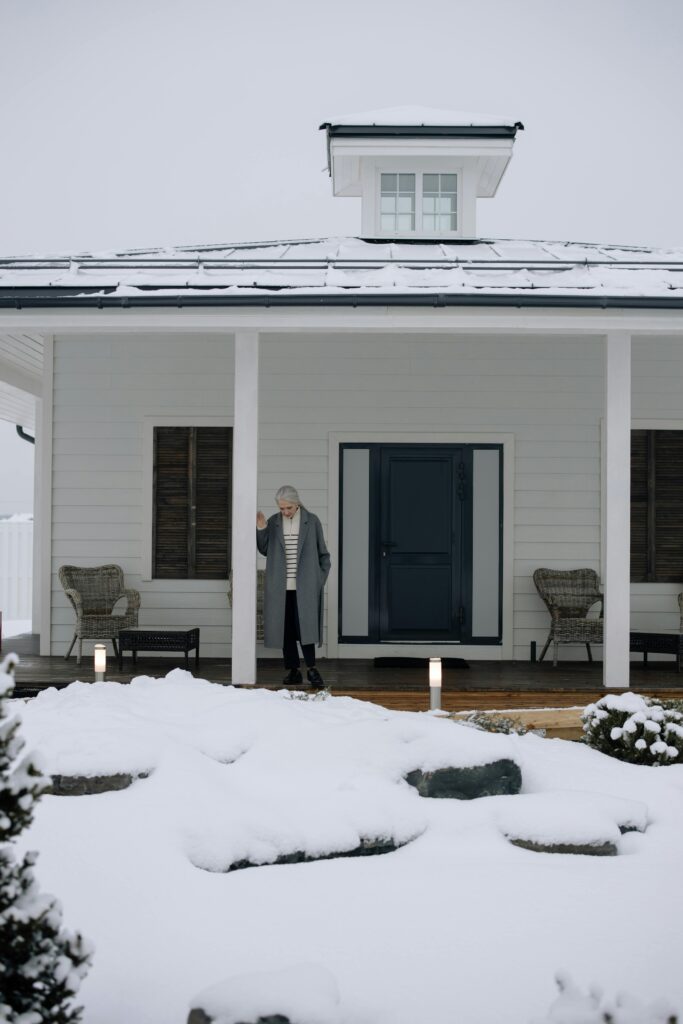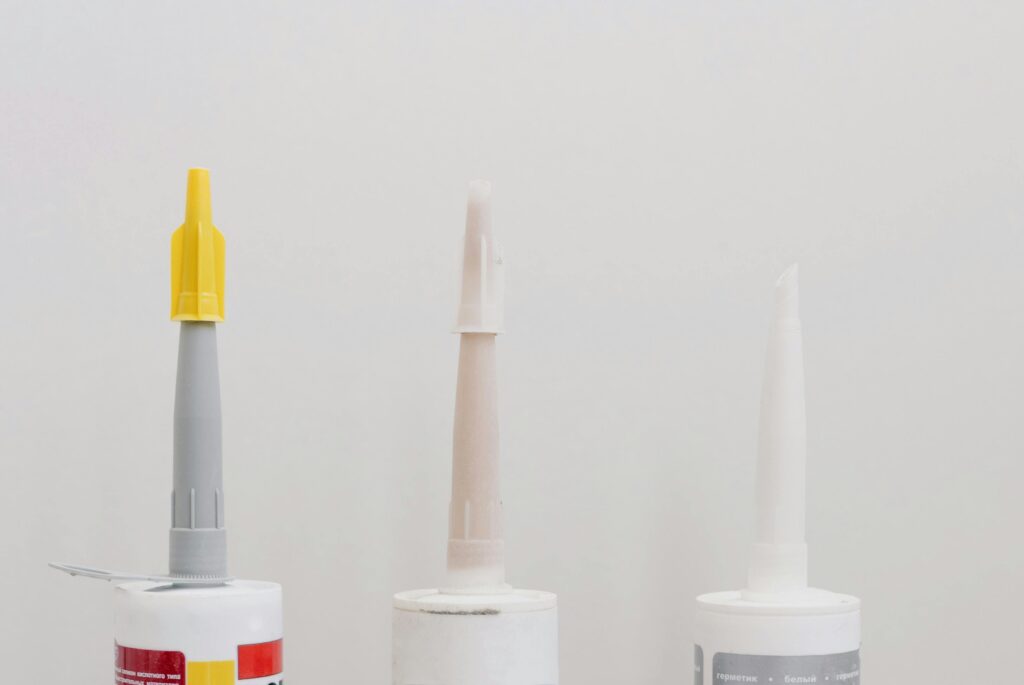Learn expert tips for winterizing your home’s painted surfaces from Leggett and Sons Painting. Protect your investment before winter hits. We Paint So You Don’t Have To!
Professional Tips for Winterizing Your Home's Painted Surfaces
You know what gets me every single year? Seeing homeowners scramble to protect their paint jobs when that first frost warning hits. After 20+ years at Leggett and Sons Painting, I’ve learned that proper winterization isn’t just about throwing some caulk around and calling it a day – it’s about strategic preparation that starts way before the temperature drops.
If your exterior paint is peeling months after you’ve gotten your home painted, that’s because the painter didn’t check the moisture content of the siding before painting and didn’t properly seal some crucial spots. That’s a rookie mistake that will cost you big time.
Here's what I've learned works like a charm for protecting your home's painted surfaces:
First things first, you’ve got to do a thorough inspection of all your exterior painted surfaces. I’m talking about getting up close and personal with your siding, trim, and windowsills. Look for any spots where the paint is beginning to crack or peel – these are your danger zones. At Leggett and Sons Painting, we use a moisture meter to check wood surfaces because anything above 15% moisture content is asking for trouble.
The caulking around your windows and doors?
That’s your first line of defense against winter moisture. We’ve found that 100% silicone caulk holds up best in extreme temperature changes. Don’t cheap out here – one tube of quality caulk can prevent thousands in water damage repairs.
Now, here’s something that might surprise you – fall is actually one of the best times to apply a fresh coat of paint, assuming temperatures stay above 35°F during application and curing. The lower humidity helps the paint adhere better, and you’ll get better coverage. Just make sure you’re using the right paint for cold weather conditions. We swear by elastomeric coatings for exterior jobs this time of year because they provide excellent flexibility and waterproofing.
Here’s a pro tip that’s saved our clients thousands: Check your gutters and downspouts before winter hits. Paint failure often starts with water problems, and clogged gutters are like kryptonite to your paint job. When those puppies overflow, water runs down your walls and can get behind your siding, leading to all sorts of nasty issues come springtime.
Don't forget about your deck!
If you’ve got a painted or stained deck, give it a good cleaning and touch up any worn spots. We recommend using a penetrating sealer on any horizontal surfaces because these take the brunt of snow and ice damage.
One thing that drives me nuts is seeing folks ignore their interior paint during winter prep. Your indoor humidity levels can go crazy during winter, especially if you’re running forced-air heat. We recommend using moisture-resistant paint in bathrooms and kitchens, and installing a good humidity monitor to keep levels between 30-50%.
Conclusion:
Winterizing your home’s painted surfaces isn’t just about protecting your investment – it’s about preventing costly repairs down the road. At Leggett and Sons Painting, we’ve seen how a little preventive maintenance can save homeowners major headaches (and dollars) when spring rolls around. Remember, we paint so you don’t have to, but protecting that paint job is a year-round commitment.

